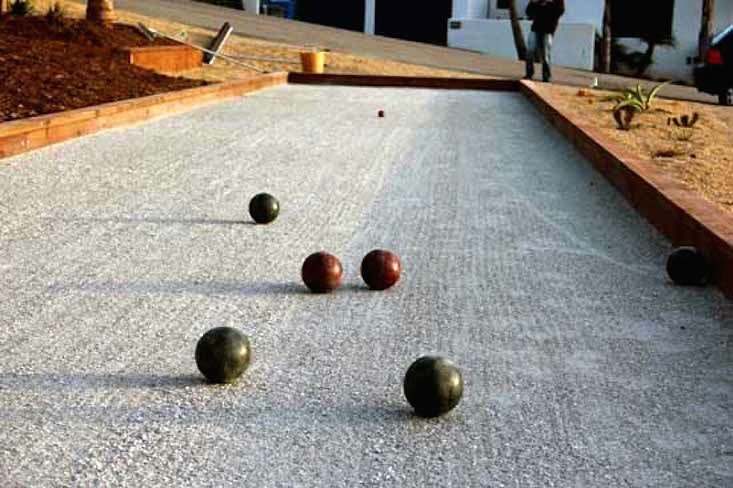Cleome, Cleome hassleriana: “Spider Flower”
Long ago, back in the time of flower power and hippie counterculture, I grew my hair long and lived for a while in a shabby fifth-floor walk-up that had few amenities but was flooded with bright sunshine all day long. That gorgeous light was no doubt responsible for the obvious good health of the young marijuana plants that were growing in a pot on a windowsill. I can’t tell you anything about the potency of that crop because someone apparently panicked and destroyed it before it could be harvested. Had we only known that marijuana’s foliage bears a remarkable resemblance to that of the old-fashioned garden stalwart cleome, it’s entirely possible that we could have passed off our plants as a totally legal flower and, thus, saved the crop.
Search for Cleome hassleriana on gardening advice websites and you will inevitably find queries from people who have noticed the deeply cut palmate leaves on the seedlings and gotten nervous about what plant they actually have purchased at the garden center. Not to worry, as the plant matures and develops its distinctive space-age flower heads with their pastel petal clusters and long, whisker-like stamens, the similarity with marijuana totally vanishes.

A native of South America and the West Indies, the so-called spider flower was appearing in gardens in North America, Europe, and the UK in the early 1800s. It was a favorite of Victorian gardeners who liked to grow it in pots in their iconic greenhouses, and it was a mainstay in that era’s floriferous cottage gardens. The plant went out of favor as gardens got smaller but is enjoying a resurgence now as cottage gardens become popular again and as new cultivars require less maintenance and make this plant more versatile.

Cheat Sheet
- Deadhead to ensure continuous, full-season bloom time.
- The species grows tall (from three to five feet) and needs no staking, making it a good plant for the back of the border.
- Mix with other sun lovers such as zinnias, cosmos, sunflowers, black-eyed Susans, dahlias, celosias, and castor beans in cottage gardens, meadows, or butterfly gardens.
- Cut the flowers for dramatic, if somewhat short-lived, indoor arrangements.
- Beware the thorns on many varieties. Handle with care and avoid planting in high-traffic areas.
Aside from the thorns, a couple of other characteristics of cleome may prevent some gardeners from wanting to use this plant. It emits a musky fragrance, which some people describe as “skunky” and find unpleasant. And it has a penchant for enthusiastically reseeding itself. The seed pods form under the flowers and, unless you intervene, will ripen and split open to liberally dispense the seeds. Harvest the pods to prevent rampant self-seeding, to save seeds to plant in another part of the garden, or to preserve the pods for use in dried arrangements.

Keep It Alive
- In most areas, Cleome hassleriana is grown as an annual. It is hardy only in USDA zones 10 and 11.
- This plant thrives in bright sun (at least six hours a day) and is unfazed by sunstroke-level heat.
- Once established, Cleome is drought tolerant (especially if dressed with a layer of organic mulch).
- Cleome will grow in virtually any type of soil as long as it has good drainage.

Hybridizers have developed new cleome cultivars that make this plant even more useful and appealing. The Spirit series is shorter and bushier than the species, making it a good choice for containers as well as the fronts of beds.
However, the newer cultivar ‘Senorita Rosalita’ represents an even more dramatic breakthrough in cleome breeding. Not only is it somewhat shorter than the species, it also is thornless, scentless, and sterile (it will not produce seed pods or, therefore, unwanted seedlings). In addition, because no energy goes into seed production, Rosalita’s pretty lavender-pink flowers bloom vigorously all season, and the bottom of the plant does not have the tendency to get yellowed and scrawny over time like the older varieties.
For more growing tips, see Cleome: A Field Guide to Planting, Care & Design. If you are looking for a flower to add late-season color to a garden bed, see our favorites:

















































































































































